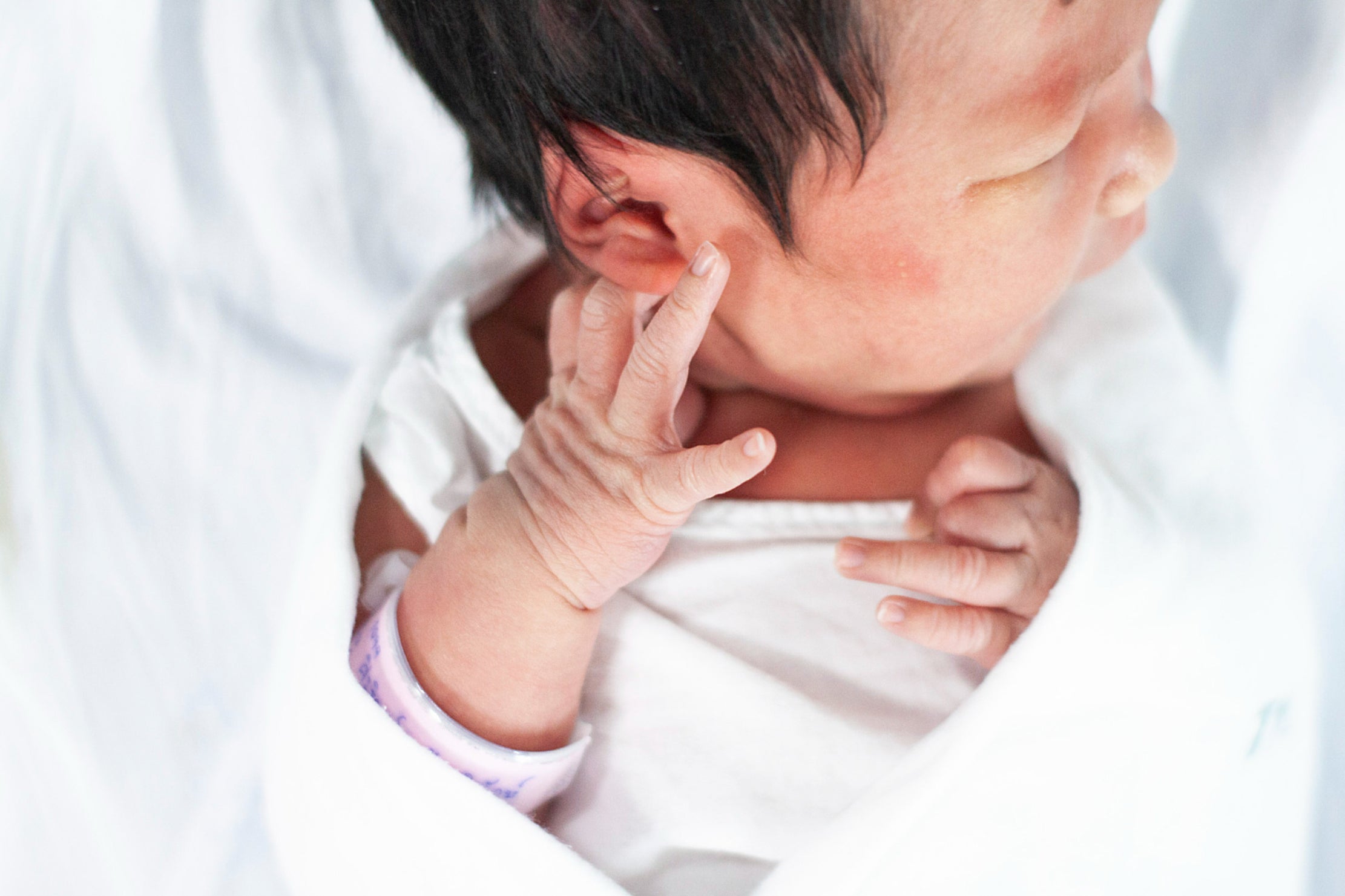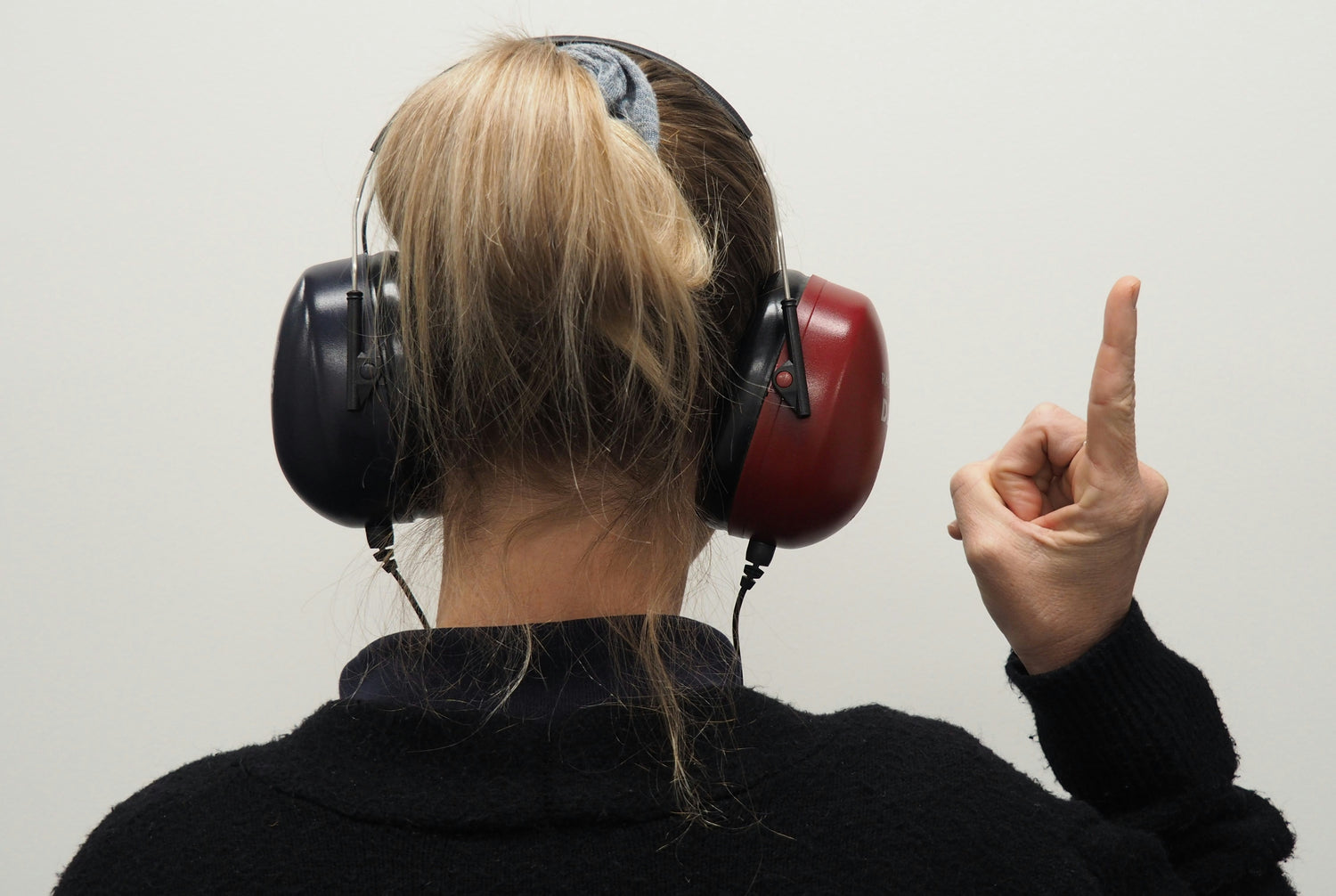Hearing loss in children is a critical concern that can significantly impact their developmental milestones and overall well-being. When considering hearing aids for kids, it is crucial to conduct thorough evaluations, and one invaluable tool in this process is Otoacoustic Emissions (OAE) testing.
Understanding Otoacoustic Emissions (OAE)
Otoacoustic Emissions are sounds generated by the inner ear in response to external stimuli. These emissions can be measured using sensitive microphones placed in the ear canal. OAEs provide insights into the integrity of the cochlea, specifically the functioning of the outer hair cells.
Why is OAE Testing Essential in Hearing Aid Evaluation for Kids?
-
Objective Assessment
Traditional hearing tests involve presenting sounds to the individual and measuring their behavioral response or perception of those sounds. In contrast, OAE testing measures the sounds generated by the individual’s hearing organ in response to external stimuli, which offers an objective measure of cochlear function.
- Unlike pure tone audiometry that relies on subjective responses, OAEs provide valuable data independent of a child's behavioral feedback. This is particularly crucial when evaluating infants, young children, or individuals with communication difficulties.
-
Early Detection of Issues
OAE testing can detect subtle cochlear dysfunction that may not be identified through traditional hearing tests alone. This is especially important in identifying early signs of cochlear damage or dysfunction such as noise-induced hearing loss or ototoxic hearing loss, even when pure-tone audiometry results appear normal. Early detection allows for timely interventions, ensuring optimal auditory development. -
Differential Diagnosis
In cases where a more in-depth diagnosis is required, OAE testing plays a vital role. It aids in differentiating between various auditory disorders, including conditions like Auditory Neuropathy Spectrum Disorder (ANSD) or non-organic hearing loss. The information provided by OAE testing contributes to planning tailored interventions. -
Age-Appropriate Assessment
OAE testing is well-suited for assessing the auditory systems of children, considering their age and developmental stage. Since it is an objective measure, it can provide valuable insights even when traditional tests may be challenging due to the child's limited ability to actively participate. -
Complementing Traditional Tests
While traditional hearing tests like pure-tone audiometry and speech audiometry are essential, OAE testing complements these assessments by providing additional information about the integrity of the cochlea and the functioning of the outer hair cells. Together, they offer a comprehensive understanding of a child's auditory health.
In the realm of pediatric audiology, evaluating hearing aids for kids requires a multi-faceted approach. Otoacoustic Emissions (OAE) testing emerges as a key player in this process, offering objective insights into cochlear function and aiding in the early detection of potential issues. By integrating OAE testing into the evaluation protocol, healthcare professionals can ensure that each child receives personalized and effective interventions, setting the stage for optimal auditory development and a brighter future.





